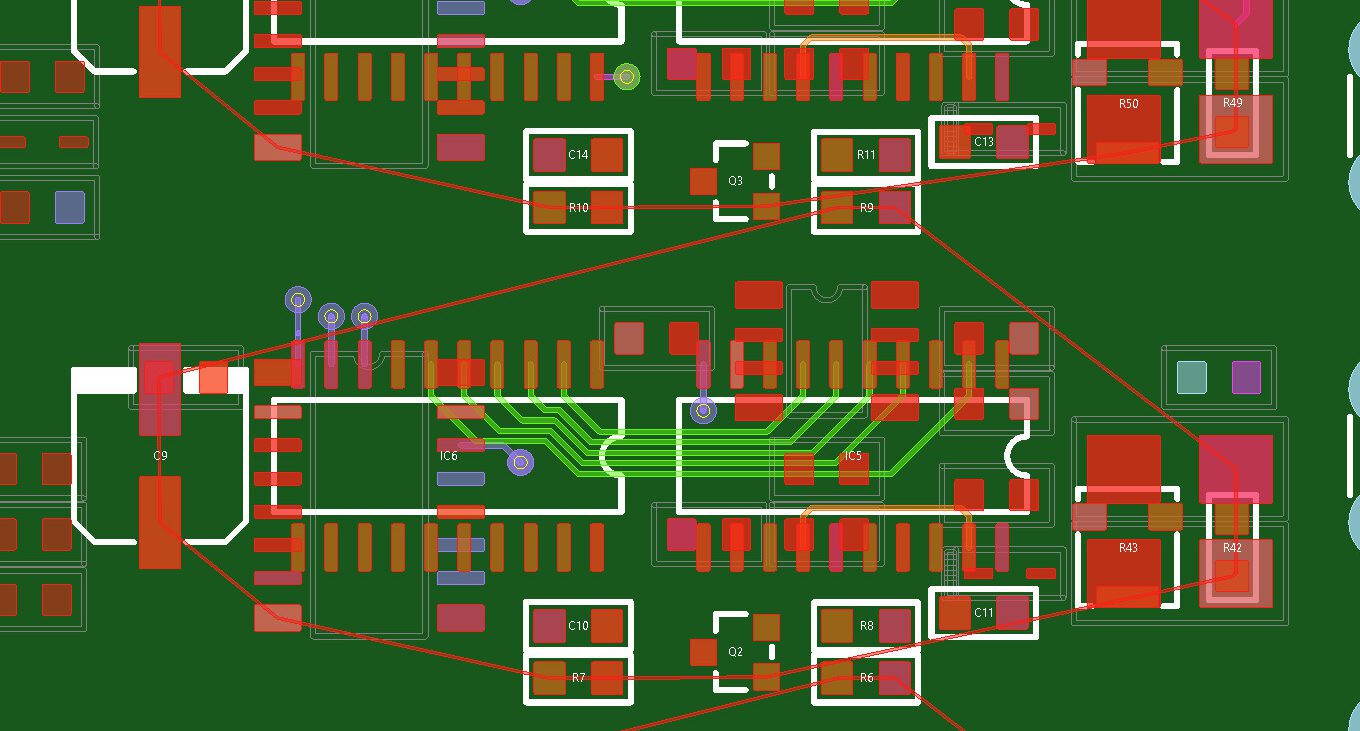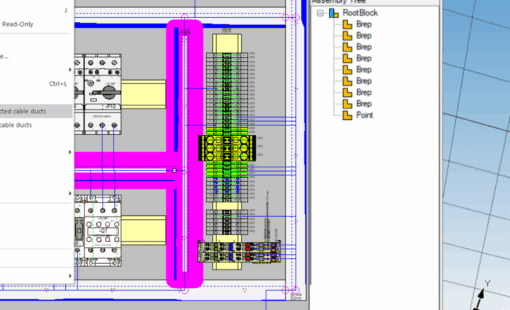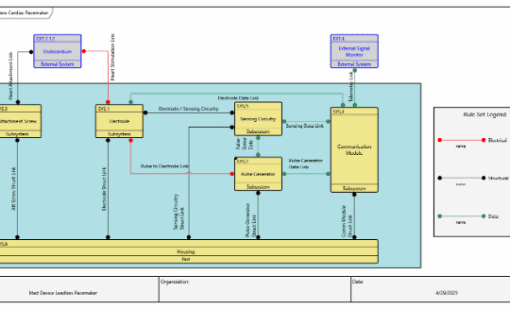Every designer has an autorouter story. Usually, it starts with a tight deadline, a pile of constraints, and a flash of optimism. It ends with a mess of awkward traces, a lot of manual cleanup, and a mental note: never again.
At Zuken, we’ve heard them all. But here’s the thing—autorouting has changed. And if you’re working on high-speed boards, you may be missing out on real advantages by sticking to manual routing alone.
In this post, we’ll share advanced PCB routing techniques that show how smart tools can save you time, reduce stress, and improve quality, without handing over control.
Smarter Tools, Built for Real-World Workflows
Designing today isn’t the same as it was decades ago. Timelines are shorter. Boards are more complex. The pressure is constant. You don’t need automation that replaces your skills. You need tools that work with you, helping you stay fast, accurate, and flexible.
That’s the principle behind Zuken’s Collaborative AI approach. Whether you’re using CR-8000 Design Force’s Mimic Router or our high-performance manual editing functionality, the idea is simple: you drive, the tool supports.
We’ve moved away from one-click autorouting and toward intelligent assistance. Our tools learn from the way you route. They recognize patterns. They anticipate the next step. And they help you move faster, without guesswork.
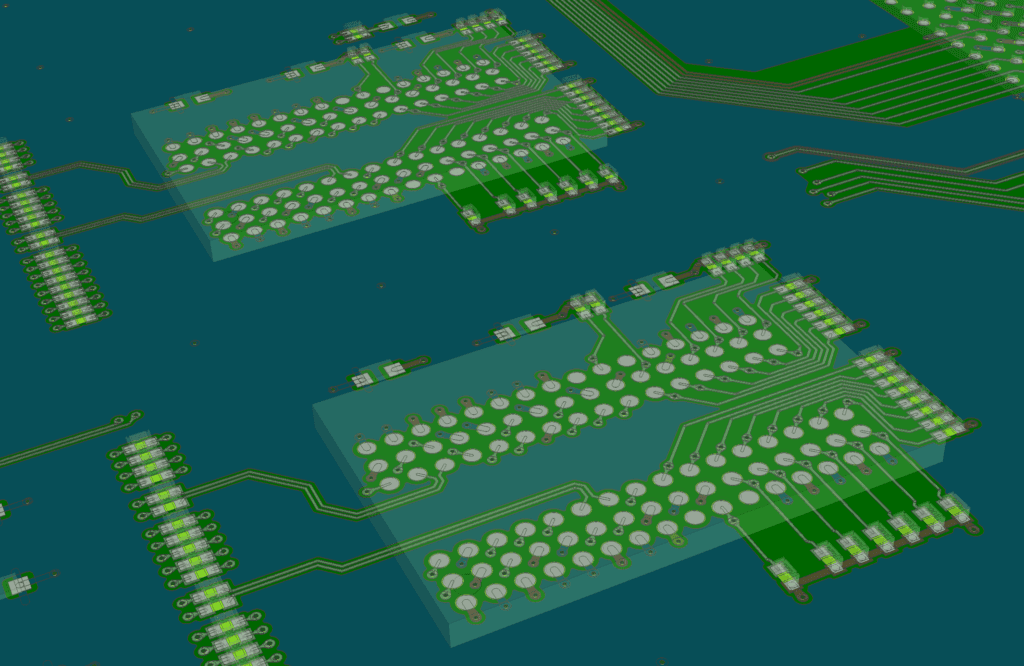
What Changed My Mind: A Story from the Lab
One hardware engineer we work with had been manually routing for more than 20 years. He knew his tools, trusted his instincts, and wasn’t 100% sold on autorouters.
Until a multi-phased array project landed on his desk—dense, complex, and due in 72 hours. He decided to give Zuken’s Mimic Router a try.
He routed the first memory structure manually, then used the Mimic Router to replicate it across the rest of the layout. The results? Clean, consistent patterns. No extra cleanup. He saved six hours and met the deadline.
“It didn’t do the whole job for me,” he said. “But it gave me the momentum I needed.”
That’s the point. Modern autorouting isn’t about doing everything. It’s about getting you ahead.
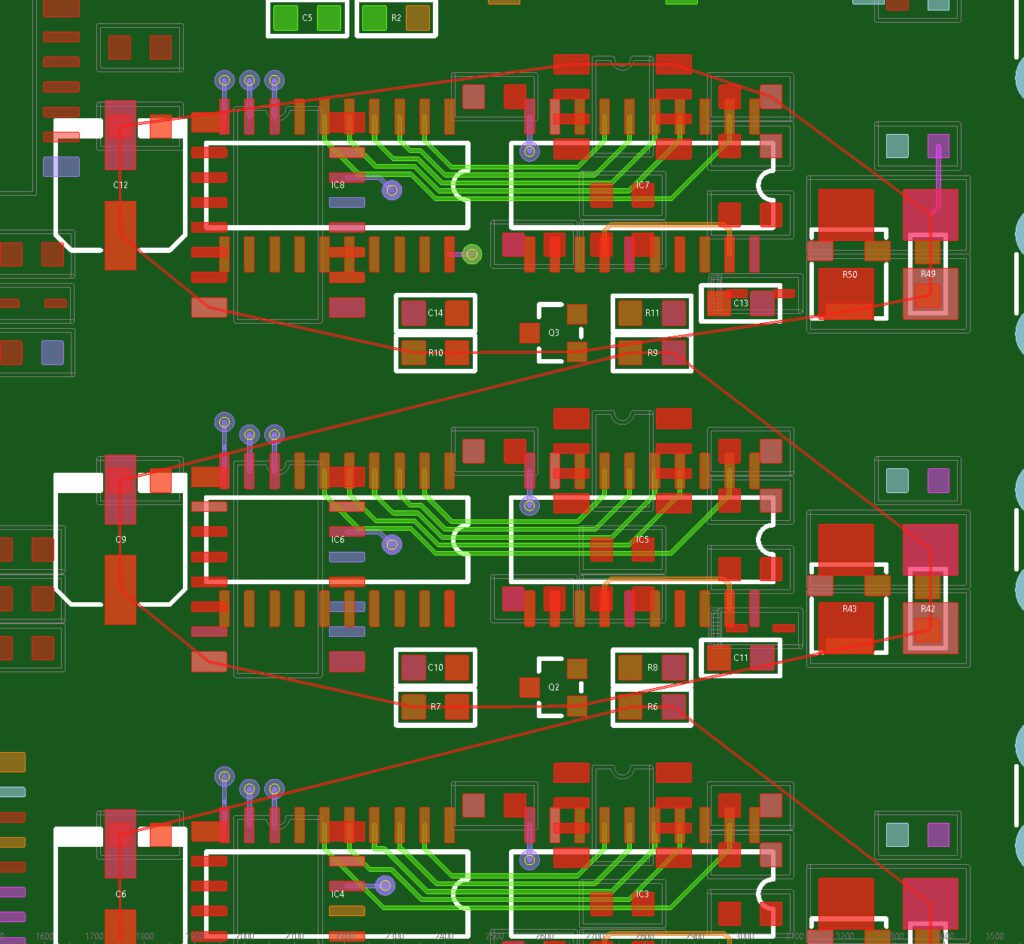
Shortcuts That Don’t Cut Corners
Setup used to be the biggest pain point. Defining routing rules took hours. It felt like more work than just doing it manually. Not anymore.
Zuken’s new AIPR interface reduces routing setup to just a few guided choices. A compact interface gives you control over the big-picture routing strategy—without a manual full of rule definitions.
And when you pair that with Golden Circuits—validated layout blocks you can reuse—you don’t start from scratch. You build smarter from the beginning.
These aren’t gimmicks. They’re advanced PCB routing techniques used by engineers facing the same challenges you are.
The Schematic Is Where Speed Begins
Want faster routing? Start with a better schematic. That means adding constraints early.
- Define your length and impedance requirements upfront.
- Build rules into your schematic symbols.
- Use an accurate layer stack from the start.
The more information you forward into layout, the fewer surprises you’ll face.
Zuken’s design environment allows you to carry constraints from the schematic all the way through PCB layout. No need to re-enter data or reinterpret design intent. It’s clean. It’s consistent. And it saves time.
Yes, You’re Still the Designer
This is important. Routing tools don’t take your place. They amplify your intent. They help you:
- Stay consistent with constraints
- Replicate complex patterns
- Finish repeatable tasks faster
- Avoid manual errors in dense areas
No routing engine can replace experience. But it can help you move faster without compromising your work.
Whether you’re handling high-speed memory, complex power nets, or tight mechanical envelopes, modern routing tools can support your workflow—not dictate it.
Why These Advanced PCB Routing Techniques Matter Now
We’re seeing more designers make the shift. It’s not hype—it’s necessity. Projects are getting tighter. Boards are getting tougher.
That’s why Collaborative AI, smart routing engines, and constraint-driven flows aren’t just nice to have. They’re becoming essential.
And once you try tools like Mimic or AIPR, you might be surprised at how much you’re willing to delegate.
Because sometimes, the smartest thing a designer can do is ask for a little help—from tools that are finally ready to give it.
Ready to Try It Yourself?
If these advanced PCB routing techniques have you thinking twice about autorouting, here’s your next step:
See how Zuken’s AI-assisted routing tools support your speed, your constraints, and your control.
You don’t have to give up your process. You just have to decide which parts of it you’re ready to streamline.
###
For even more insight, head over to Design007 and read the full-length interview with Andy.

Related Products and Resources
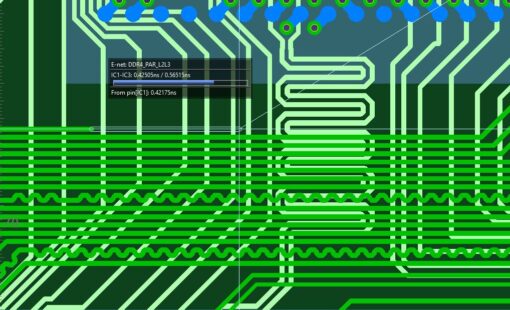
- Blog

- Blog
